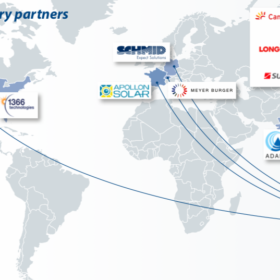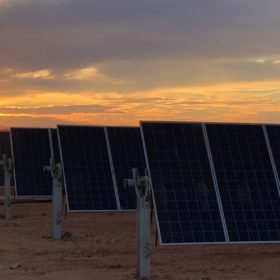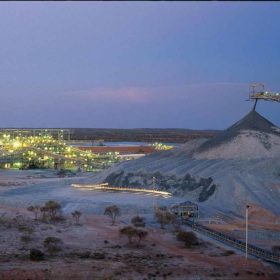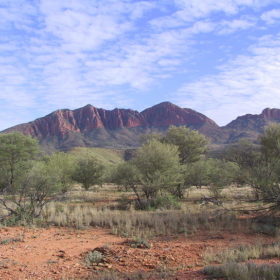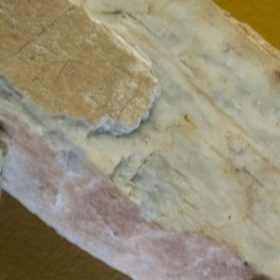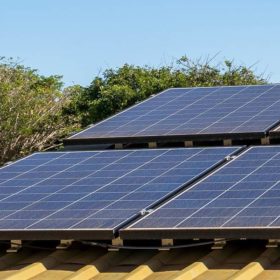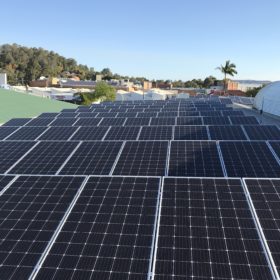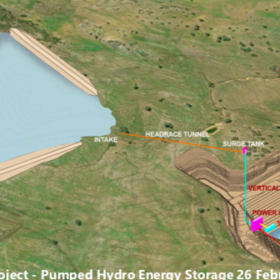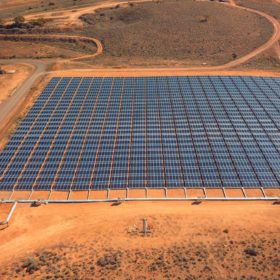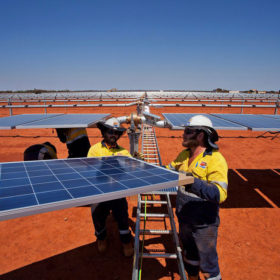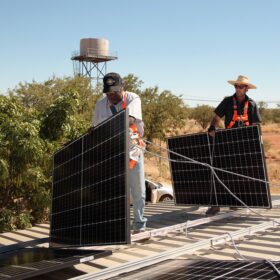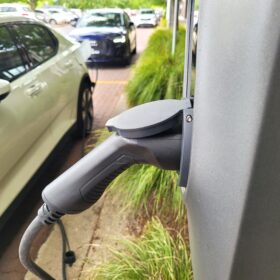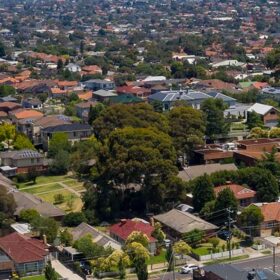Long read: UNSW enabling terawatts of solar power
The influence of the University of New South Wales (UNSW) School of Photovoltaics and Renewable Energy Engineering spreads over the horizon like rays of sunlight through a coal haze. Its researchers are confidently working towards the time when terawatts of solar PV power people’s aspirations from Uttar Pradesh to Perth and Pennsylvania.
Australia’s massive contribution to global PV, battery uptake blemished by grid woes
Last year, Australia shattered all records in terms of investment in renewables and capacity additions, but a range of concerns for solar PV developers, including network constraints, delays and grid connection issues, are looming over the nation’s clean energy sector, according to an annual overview drafted by global policy network REN21.
BHP, Mitsubishi Development pledge to reduce emissions from coal operations
Australian mining giant BHP and its strategic partner Mitsubishi Development, the holding company of Mitsubishi’s coal investments in Australia, have pledged to pursue emissions reductions, including from the life-cycle use of marketed products.
Think-tank eyes up 10 GW sustainable future for Northern Territory
A new report raises awareness of the potential jobs and revenue opportunities for Territorians in a zero-carbon economy. The 10 GW Vision relies largely on solar PV.
India and Australia could strike first lithium deal
Mining company Neometals and Manikaran Power have started a jointly funded study into the feasibility of establishing India’s first lithium refinery, which would process ore from the Mount Marion mine in Western Australia.
Horizon Power beefs up hosting capacity to accommodate more solar
More regional Western Australians will have the opportunity to install rooftop solar panels on their premises with 10 MW of additional renewable energy generation released on Horizon Power microgrids.
ReNu Energy enters HOA for four more shopping centre arrays
In an ASX announcement today, Queensland-based independent power producer ReNu Energyannounced that it has entered into a Heads of Agreement (HOA) with Shopping Centres Australasia Property Group (SCA Property Group) for a further four solar PV and embedded network projects at shopping centres in Queensland and Victoria.
Oz Minerals embarking on collaborative search for renewable solutions in mining
Copper miner Oz Minerals has announced the launch of a new energy & mining collaboration (EMC), with six other companies, institutions and ministries, to seek out innovative ways to develop and incorporate renewable energy and demand management into mine sites.
Santos petrol processing plant now powered by solar PV, thanks to AGL
AGL has completed a 2.12 MW ground-mounted solar PV system at Santos’ Port Bonython hydrocarbon processing plant in Whyalla, South Australia. The installation represents a step in the right direction for Santos’ emissions reduction program.
Western Australian mines to be powered with solar, wind and batteries
Two Western Australian mines will be powered by renewable energy hybrid microgrids echoing a global shift away from fossil fuels in the mining sector.
